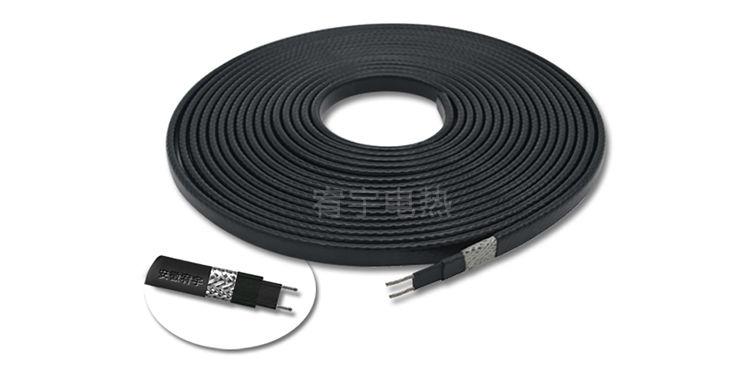With the continuous advancement of electric heating technology, the use of electric heating for anti-freezing and heat preservation in pipeline tanks and other equipment in various industries has increased. The electric heating cable is easy to install, has uniform temperature, is safe and environmentally friendly, and has a long service life. But often due to the hidden dangers of the user during installation and construction or improper operation during use, it is easy to affect the service life of the electric heating system. Therefore, in order to prolong the service life of the electric heating cable, the following points should be paid attention to during its installation and use. problem:
1. When installing, there should be no drag, drag, stepping, etc., to prevent damage to the electric heating cable, and correct installation can prolong the service life of the electric heating cable;
2. For constant power electric tracing cables, it is necessary to calculate the winding distance and method. If there is cross-winding or the distance is too dense, the overlapped area will overheat, which will affect the service life of the electric heating cable;
3. After installation, install a waterproof outer insulation layer to ensure that the electric heating cable works in a dry environment;
4. Avoid frequent opening and closing of the electric heating system. If it is started frequently, its overall performance will be affected. Doing so for a long time will accelerate the aging of the electric heating system;
5. Stable power resources are required to maintain voltage stability.
6. Regularly check and repair the electric heat tracing system, and focus on the parts that are easily damaged. For example, the elbow of the electric heating cable is a place that is easier to damage, as well as the drain of the tank, the joint between the upper and lower tanks, the level gauge, the flange, the valve, the inlet and outlet of the instrument box, etc.

